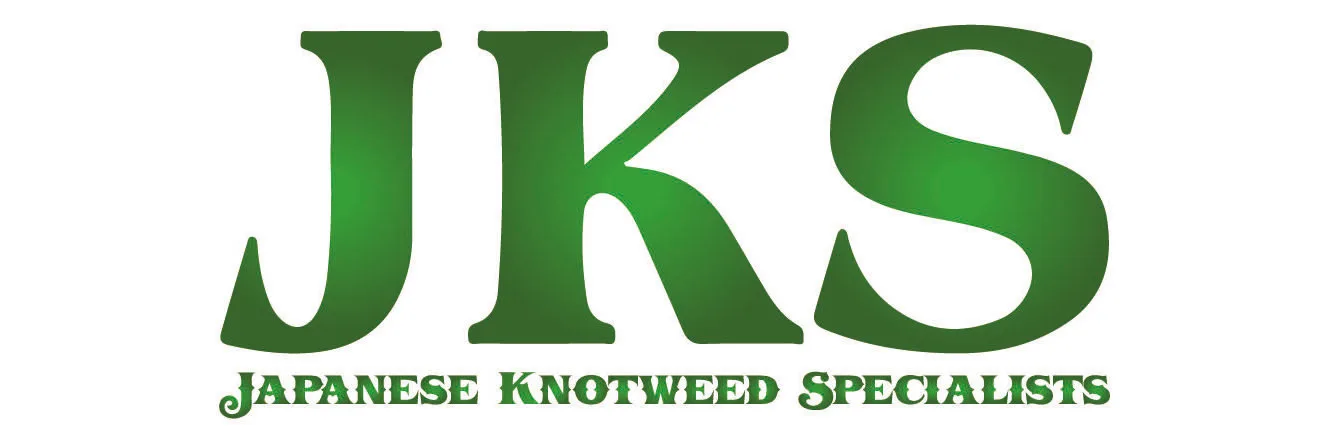Japanese Knotweed is an invasive plant species that originated in East Asia but has become a significant concern in other parts of the world, including the United States, Europe and the United Kingdom.
It’s notorious for its rapid growth and its ability to damage buildings, roads, and native ecosystems. One of the most effective ways to control this invasive species is through a Japanese Knotweed herbicide treatment.
Why Choose Herbicide Treatment for Japanese Knotweed?
Herbicide treatments offer a cost-effective way to manage Japanese Knotweed infestations.
While other methods like physical removal may give quicker results, they often come at a higher cost and may not guarantee long-term control. Herbicide treatments, when done correctly, can provide a more sustainable solution.
Our Japanese Knotweed Herbicide Treatment Program
Our program uses SEPA & DEFRA approved herbicides that are specifically designed to control Japanese Knotweed.
The program usually consists of four applications, although this number can vary depending on how well the plant absorbs the herbicide.
These applications are strategically timed during the plant’s active growing season, which is generally from April to November.
Need help with Knotweed Removal?
We can help with a tailored treatment and removal plan? Contact us today to schedule a consultation

The Importance of Timing: April to November
The effectiveness of a Japanese Knotweed herbicide treatment largely depends on when it’s applied.
The plant’s growing season is typically from April to November, making these months the most effective time for herbicide application.
During these months, the herbicide is more readily absorbed into the plant, leading to more effective long-term control.
Preparation Work: What Happens in Winter?
Ideally, preparation work is undertaken during the winter months. This involves cutting down the dead canes from the previous season, mulching the area, and removing any objects that may obstruct the new shoots in the spring.
Proper winter preparation ensures that the herbicide treatment is as effective as possible when the new growing season begins.
Advantages and Disadvantages of Japanese Knotweed Herbicide Treatment
Advantages
• Cost-effective compared to other methods
• Long-term control when applied correctly
• Approved by regulatory agencies
Disadvantages
• May take longer to see results
• Multiple applications required
• May impact surrounding flora if not applied carefully
Legal Considerations and Regulations
Before starting any herbicide treatment for Japanese Knotweed, it’s essential to be aware of local and national regulations.
Both SEPA & DEFRA have guidelines on the safe and effective use of herbicides for controlling invasive species like Japanese Knotweed.
Contact Us for a Custom Plan
Interested in a tailored Japanese Knotweed herbicide treatment plan? Contact us today to schedule a consultation and discuss the best approach for your specific situation.
